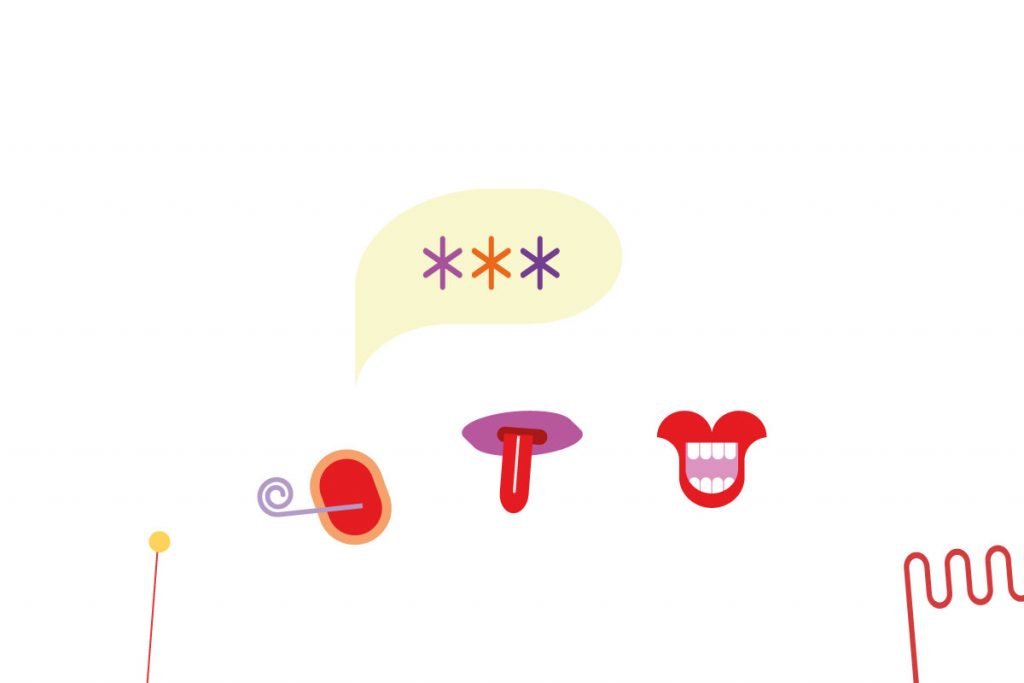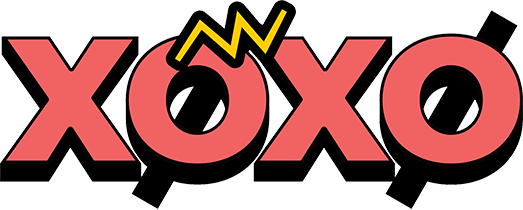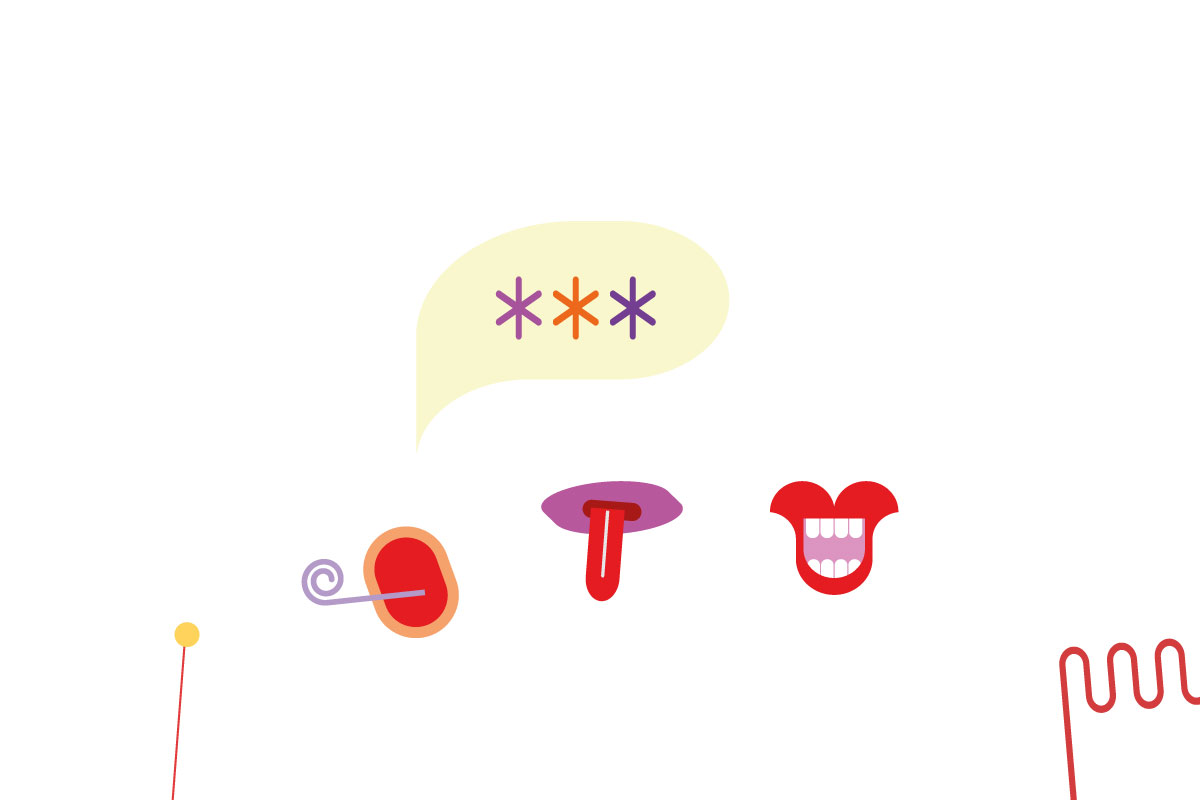It all boils down to the central question: What fosters or hinders the creation and implementation of new ideas at work?
Können sie und wollen nicht? Oder wollen sie und können nicht?
We can not know what exactly is the trigger. But wen can understand better what serves and what goes against it. Like many things in life like the stock market we can increase the odds. Research has shown that employees with high levels of mindfulness are more likely to show work engagement and thus innovative work behavior (Montani et. al 2020). They are more likely to be more engaged and this might lead to more innovative work behavior. This finding shows that it is not an easy task.
how society views work and the nature of work has changed and is changing. The rise of digitalization lead to the bounders of work and leisure blurring and thus today’s employees are expected to invest and sacrifice a part of their personal competences and resources for the company (Moldaschl and Voß 2002) even without monetary compensation (Blagoevgrad 2015). Reason behind it is not necessarily pressure but can be simple as “liking their job” as Nöhammer and Stichlberger (2019) showed.
Important word in this context is dislimitation meaning that social structures that developed over time in certain historical contexts dissolve again through social processes. (Voß 1998).
Innovations emerged at the workplace and driven by individuals.
That employees are the source of innovation is demonstrated by various examples. Starting from Tim Berners-Lee who at his time at CERN created the World Wide Web in what he called out of an act of desperation.
„Creating the web was really an act of desperation, because the situation without it was very difficult (…). {The web} was designed in order to make it possible to get a documentation and in order to be able to get people – students (…) for example – to be able to come in and link in their ideas, so that we wouldn’t lose it all if we didn’t debrief them before they left.“1
Tim Berners-Lee
But it is not just information technology. In health we have various examples of innovations stemming from employees. The heart-lung machine developed by Gibbon, who pushed the boundaries of surgery at this time. And also public services like the breath-analyzer to measure the level of alcohol in the blood which was invented by police officer Robert Borkenstein. Betty Nesmith, a secretary at Texas Bank invented typewriter correction fluid out of a frustration to erase mistakes on the typewriter.
Does every innovative work behavior lead to an innovation?
The short answer: No. Even though there is a positive association between innovative work behavior and output as number of patents (Zhou and Shalley, 2003). However it needs to be taken into account that organizational behavior is also affected by other influences be it strategy, resources or economic developments.

1 https://www.campaignlive.co.uk/article/web25-tim-berners-lee-creating-web-really-act-desperation/1282992














A WordPress Commenter
Hi, this is a comment.
To get started with moderating, editing, and deleting comments, please visit the Comments screen in the dashboard.
Commenter avatars come from Gravatar.